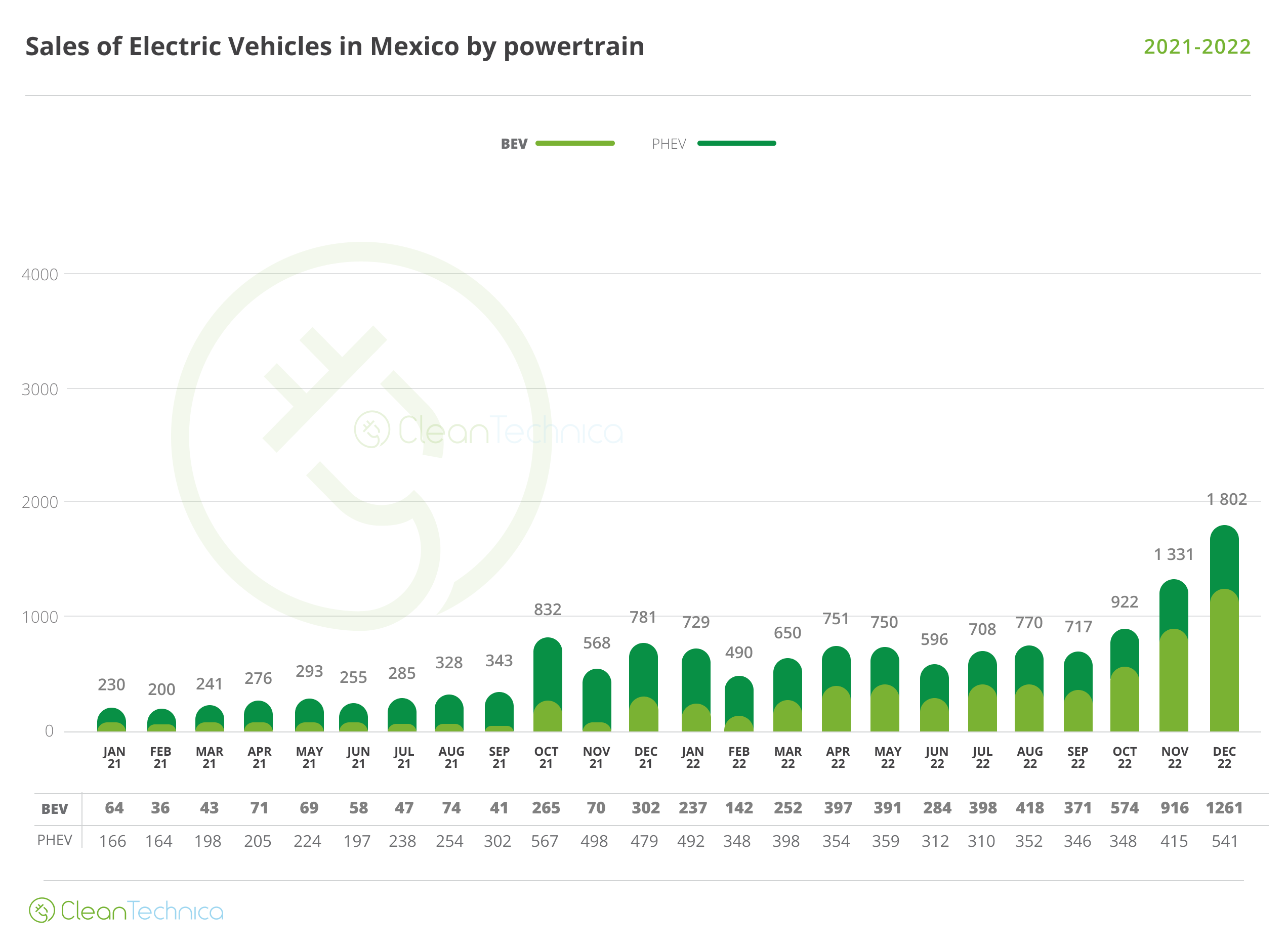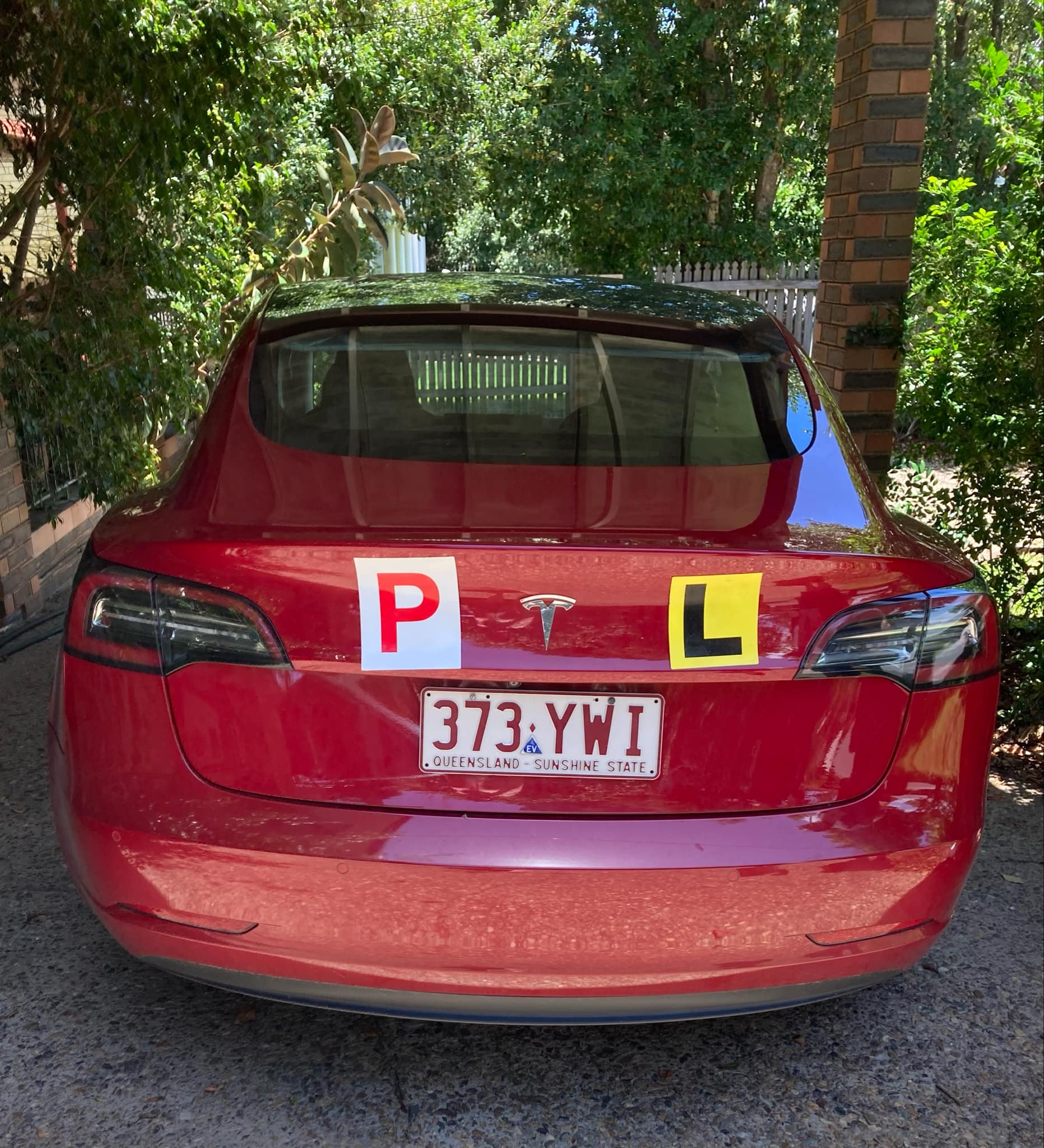Sign up for daily news updates from CleanTechnica on email. Or follow us on Google News!
From EV charging myths to EV battery myths, there are a lot of myths to go around. Electric vehicles are on the precipice of becoming mainstream, but they aren’t mainstream yet. If you remember the famous tech adoption lifecycle chart, you’re not reaching the “early majority” until above 15% market share (the US is at 7.5% BEV market share, but that in itself is deceiving, as California is at 21.4% BEV adoption and accounts for 33.8% of US BEV registrations — meaning BEV adoption is well below 7.5% in most places in the country). With the “late majority” and “laggards,” and even with the “early majority,” there’s a lot of misinformation and fear mongering scaring people away from the “new” tech.
In a recent episode of CleanTech Talk, Milad Davoodi, COO of Xcelerate Auto, spoke with Jo Borras of CleanTechnica about EV evolution over the past decade, EV myths, new EV buyers and the changing EV market, and much more. Listen in for a lot of fun, some EV information you probably weren’t aware of, and how to continue growing the EV market.
First of all, note that Milad was the first Tesla employee in Texas! Way back in 2011, he was hired and then helped Tesla to open its third retail location, or gallery. The first one was opened in Santana Row, California. The second one was in Park Meadows, Colorado. Then, the third one, which he helped set up, was in the Houston Gallery (I think he means The Galleria). There’s much more on his history at Tesla; how he met KJ Gimbel, the founder and CEO of Xcelerate Auto; and old cars he and Jo had. (There are a few serious car guy tangents in this pod.)
Regarding EV myths, they touched on the fact that some early EV myths was that they were slow and weak and small. Tesla blew that myth out of the water, and Milad was a part of that when working to sell cars in Texas, where he emphasized they should focus on performance, performance, performance.
Naturally, they moved on to charging myths, misinformation, or simply misunderstanding. Jo highlighted the higher power capacity that charging has been moving toward. “We are now getting to the point where it takes about as much time to ‘fill up’ your EV with electrons as it takes to fill up your internal combustion car with gas. You know, you stop on a highway rest stop, you plug into a Supercharger, you go in, you use the facilities, you get a drink at the convenience store, you get back out to your car — that’s 15 minutes and you’ve got 250 miles of range. If you do that in an internal combustion car, you’re still standing at the pump for 5 or 10 minutes — assuming there’s an open pump when you get there — and then you’re still going to the facilities, you’re still going into the convenience store. So now we’re at the point where that actually takes longer than charging.”
Milad then noted that he has timed it, and it’s now slower for him to stop at a Buc-ee’s in a gas car and leave after gassing up and doing everything he’s there to do than it is for him to stop at one in a Tesla and leave after charging and doing everything else he’s there to do.
They also talked about regular charging that people can do while shopping or at work — and the fact that you really don’t even need home charging if you have charging stations at work or at the grocery store you visit.
They also discuss how long EVs last, how long EV batteries last, and how much long-term maintenance and repair EVs need — something Xcelerate is superbly aware of and focused on. One key component, of course, is the battery. Here’s what Milad had to say about battery costs and eventual degradation: “The first lithium-ion batteries we were using (for EVs) are no longer the same ones we’re using now,” he noted. “In 2020, a 100 kWh battery cost less than half the cost of an 85 kWh battery did in 2012, and it weighed less. So it went further, it weighed less, and it was cheaper — while that first battery was still under warranty.” Great perspective there! “So let’s say you own a 3 or a Y, where you’re not a $100,000 car owner, right? You’re more of a normal person, that really maybe stretched to buy a used Model 3 or a used Model Y — which are customers we see all the time trying to buy XCare, because you buy a two- or three-year-old used Model Y, these are the things you’re thinking about.” He notes that a new battery in one of those new vehicles costs $16,000 to $17,000 today, but then adds, “But where’s that going to be in 8 years?” The whole industry is scaling up globally, bringing down costs.
Then there’s also battery recycling. These batteries will be worth a lot of money even when they are “not good enough for an electric car.” The vast majority of the materials in these batteries — more than 90% of them — can be used again in a new battery. Milad talks about the growing battery recycling industry a bit more. “The metal doesn’t deteriorate. The anodes and the cathodes, there’s just — the charge deteriorates over time, right, but the metal consistency is still there. They break down the metal componentry of these battery packs; they essentially ‘re-energize’ them — just re-energize the anodes and the cathodes — and put them back into circulation to make more batteries. So there will be a time where we’re going to have more used vehicles in circulation than new cars, especially EVs, where we’re gonna close the loop! Mining is not going to be a thing anymore. And, from my point of view, being one of the creators of XCare and owning this warranty that now thousands of people have, is the cost once we close the loop is going to be pennies to the current-day dollar, which was pennies to the previous dollar.” They’re good points.
“On the scale of scalability, in the realm of scalability, we’re just now cutting the surface of where this is gonna be in, I think, in less than a decade. I think in the next 5–8 years, we’re going to be close to seeing that that now circle of battery manufacturing and recyclability is going to start closing in.”
There’s much more in the episode. Give it a full listen.
Have a tip for CleanTechnica? Want to advertise? Want to suggest a guest for our CleanTech Talk podcast? Contact us here.
Latest CleanTechnica TV Video
I don’t like paywalls. You don’t like paywalls. Who likes paywalls? Here at CleanTechnica, we implemented a limited paywall for a while, but it always felt wrong — and it was always tough to decide what we should put behind there. In theory, your most exclusive and best content goes behind a paywall. But then fewer people read it!! So, we’ve decided to completely nix paywalls here at CleanTechnica. But…
Thank you!
CleanTechnica uses affiliate links. See our policy here.




